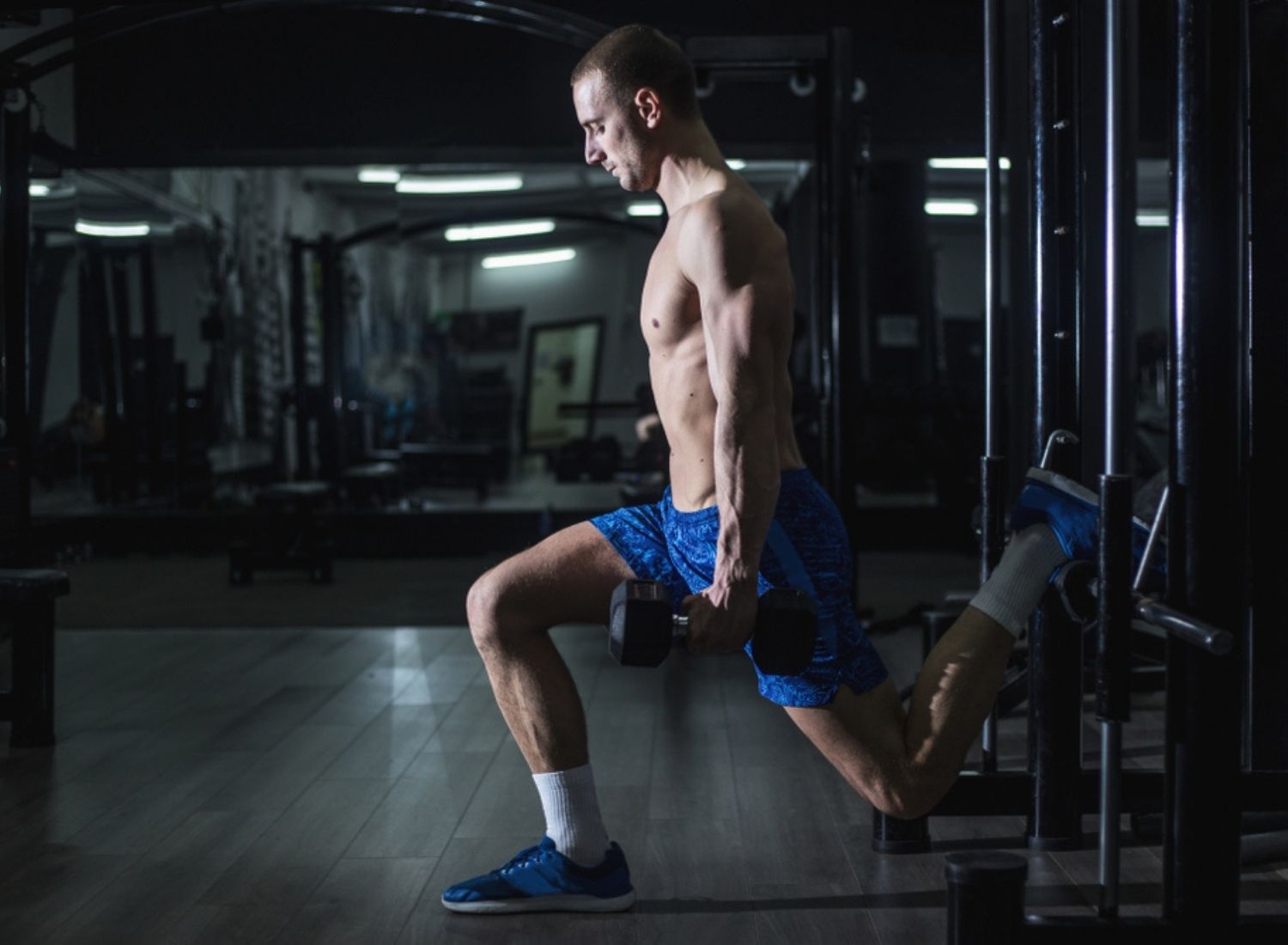How to Lift Weights Safely

Being fit is something that the majority of us desire; however, getting fit isn’t something that we’re all willing to do. In order to get fit, you have to take gradual steps and slowly progress in your cardio and weight training alike. Lifting weights that are too heavy for you can lead to severe injury, meaning that you may need a hernia scan or some other form of treatment. Ultimately, getting fit is a gradual process and isn’t one to be rushed. You’ll see much safer results if you don’t push yourself beyond your capabilities. Although it’s important to push yourself, you can take it too far and seriously hurt yourself. The aim of the game is to be uncomfortable, but not in pain.
When you begin weight training, you should look to remember a handful of movements with weights. This way, you can ensure that you’re not overwhelmed and that you’re mastering only a few exercises before you go on to learn more. It’s important to remember that one good rep is more valuable than five bad reps, so be sure to focus on your technique as much as possible. Once you feel that you’ve mastered the handful of exercises that you’ve selected, you can start learning more and progressing further in your fitness journey. Listed below are some of the safest ways to begin weight training. Wearing an Occlusal Guard can help protect your teeth when you clench during weight lifting.
Split Squat
First up is the split squat, which works the entire lower body, as well as the core and glutes. You’ll always find that you’re stronger on one side than the other, and you should always start with your weaker leg. With this leg, you should take a long stride and stand with one foot in front of the other, as you grip a dumbbell in each hand.
Following this, you should slowly lunge down and transfer your weight onto the front foot. It’s imperative that your knee is facing the same direction as the toes as you do this, otherwise you risk ineffectiveness and injury. Similarly, this provides you with a good foundation to get a solid depth in the squat. From the squat, you should return to your starting position and repeat this on each leg around 15 times.
Bicep Curls
Next is bicep curls, which can be executed in seated and standing positions alike. When training the chest and back, it’s always a good idea to isolate the arms; otherwise, you run the risk of them becoming the weak link within your training regime. Regardless of whether you choose to sit or stand, you need to ensure that you keep your body still so that you’re not able to obtain momentum from hip movements.
You can successfully perform bicep curls by facing your palms forward and keeping your upper arm as still as possible. You should then bend the elbow until the dumbbell reaches the shoulder and then gradually lower back down so that your arms are straight again. Once again, you should repeat this movement around 15 times.
Shoulder Press

Last up is shoulder presses, which, like bicep curls, can be performed in both standing and seated positions. The purpose of the shoulder press is to work your triceps and shoulders so, once again, it’s important that you don’t get your momentum from elsewhere.
In order to properly execute a shoulder press, you should start with your elbows out wide and your dumbbells at ear level. Following this positioning, you can push the dumbbells above your head until your arms are straight. Take care not to lock your elbows or bang the dumbbells together and then start to lower them for a count of three seconds back to the starting position. As always, repeat this around 15 times.



